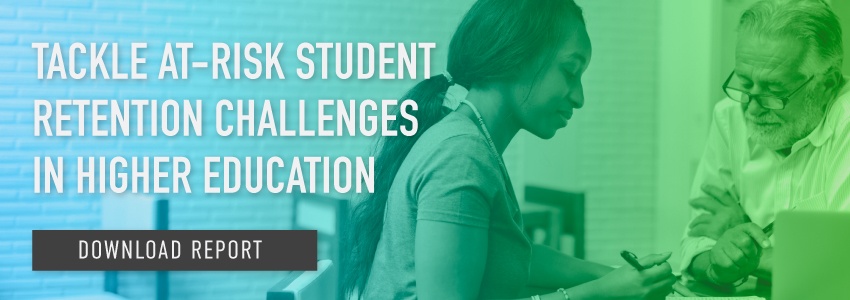Feed Student Hunger to Fuel Student Success


Higher education for many is the pursuit of a better life. Along the journey toward graduation, food insecure students may survive on one meal a day — if that. To help curb student hunger, colleges and universities have taken steps to assist these at-risk students.
UC Davis, for example, has made great strides in addressing food insecurity on its campus. The food pantry on the UC Davis campus can offer students up to three meals a day. The Aggie Meal Share program provides food-insecure students with meals. The UC Davis Bookstores accept SNAP (Supplemental Nutrition Assistance Program) benefits. And, the Davis Community Meals Program provides students with free meals several times a week. What can your school do to help fight student hunger?
Four ways to address student hunger
1. Start an on-campus food pantry
Many college students have limited means of transportation. Some try to balance work, family and school responsibilities, leaving little time for much else. The off-campus food pantries that serve your town or city may not be an accessible option to those students. Programs like Fresno City College’s Ram Pantry help address food insecurity and hunger on campus. In just over a year, the Ram Pantry has served 3,400 individual students, and students have visited the pantry more than 11,000 times.
If your school is interested in starting an on-campus food pantry, the College and University Food Bank Alliance is a great place to begin. It provides colleges and universities with resources necessary to start a food bank on their campus or support their existing food bank.
“I just want to say thank you. I walked in and I felt terrified. I cried at how many options there are, and how much people must care to do this. Bless you all,” read a note left by one student at George Washington University’s food pantry according to Inside Higher Education.
2. Educate students about their options
Students may not be aware they can qualify to receive government assistance. Inform students about the application process for SNAP. Make information on the programs that can assist students as accessible as possible, and direct them to the people on campus who can help guide them through the process.
3. Create a meal plan to alleviate student hunger
Similar to the school lunch program in K–12, some higher education institutions look to provide food-insecure students at least one meal a day. Schools like Oregon State, in addition to their food pantry and accepting SNAP benefits in their market store, created a meal plan designed for students in financial crisis. In 2015, more than 2,000 students signed up for Oregon State’s supplemental meal plan.
4. Encourage student involvement
Mississippi State University’s (MSU) student association started the Block by Block Meal Program to help students in need of meal assistance. This program lets all students with a valid meal plan donate one block meal per semester to help students in need.
“The donated meals can be loaded onto the Thrive Scholars’ IDs, so then all they have to do to eat at campus dining facilities is swipe their cards,” Le’Roy Davenport, the university’s Thrive Scholars program coordinator, said in an interview with MSU’s Newsroom. “This way, we can bring everybody to the table.”
At UCLA, a student headed up a drive to use the leftover campus dining money to buy extra meals and deliver them to homeless shelters. After the success of that event, students then worked with the school administration to create a way to turn extra campus dining money into vouchers that their in-need peers could use to get meals on campus. Since then, the Swipe Out Hunger program has expanded to more than 30 chapters at different campuses across the country.
Programs like these demonstrate that passionate young students can bring new ideas and energy to the fight against hunger.
More Insights




